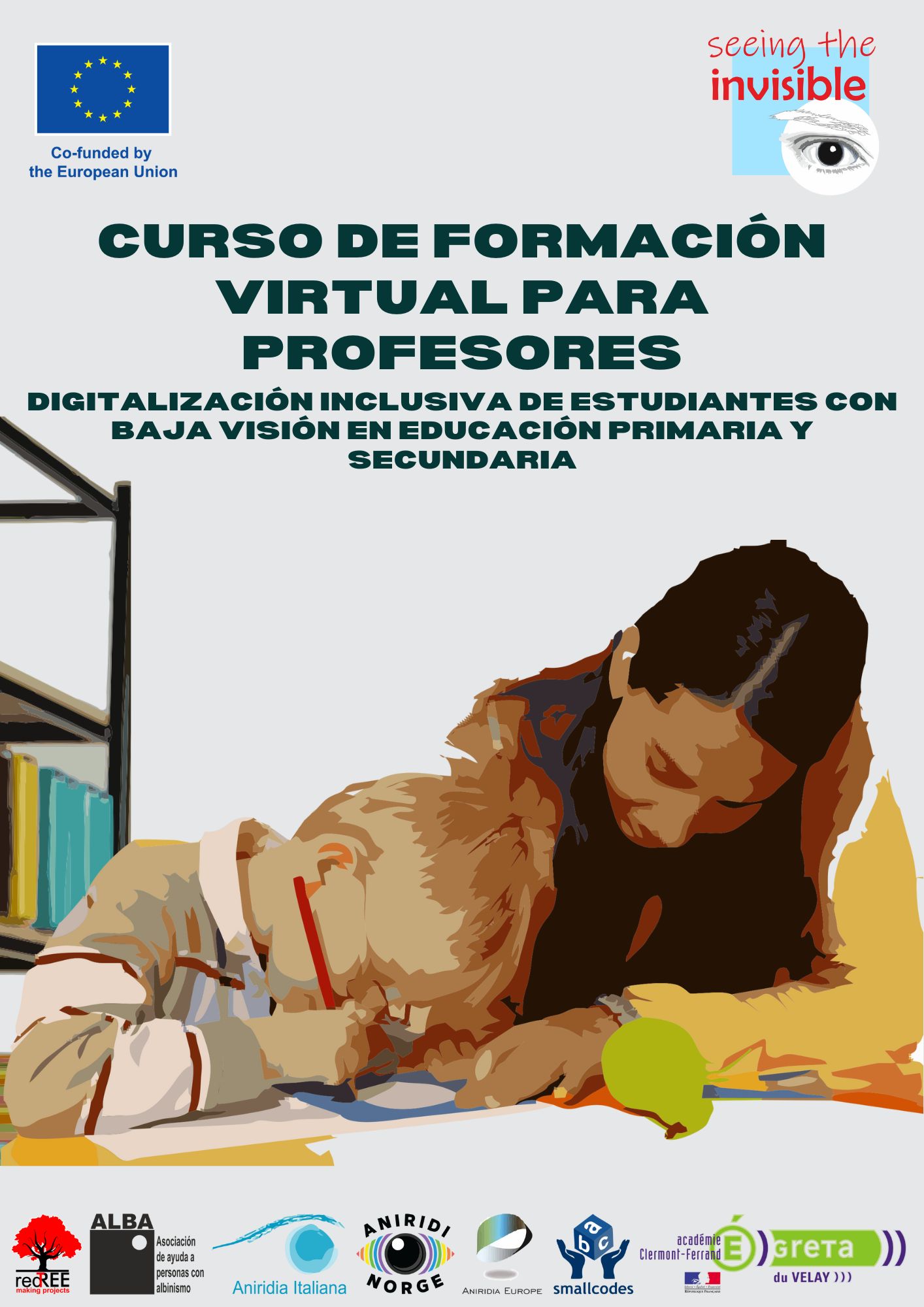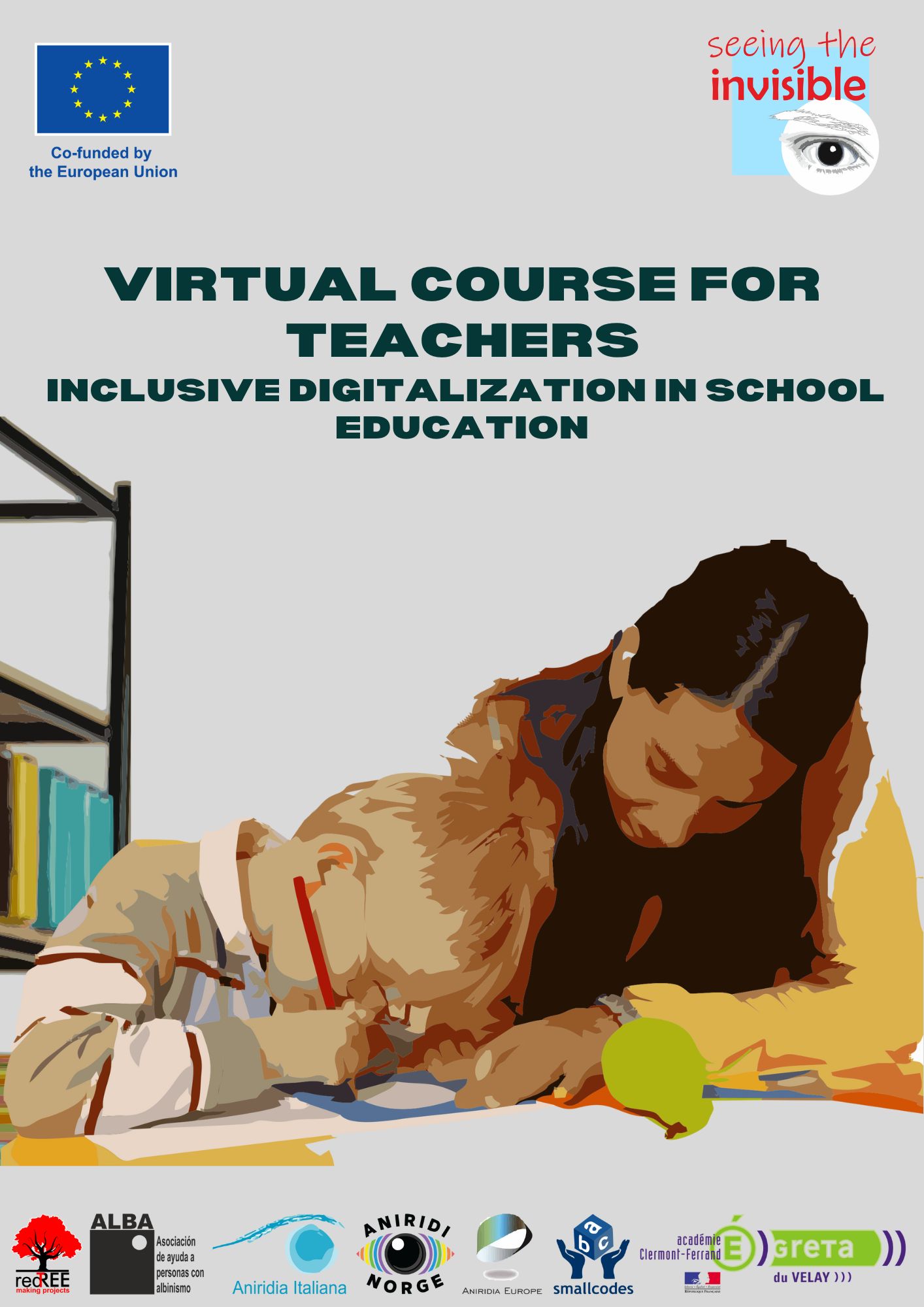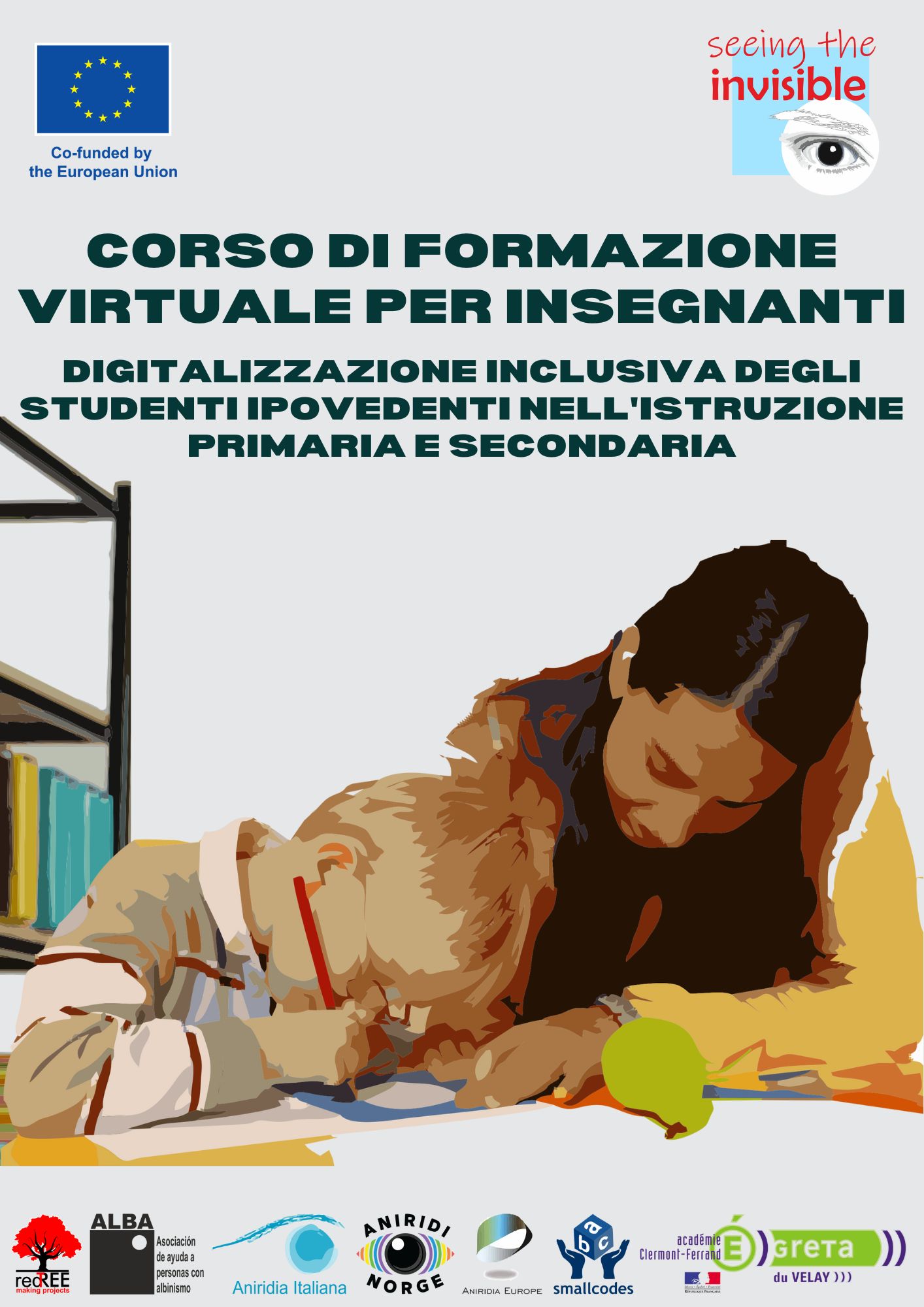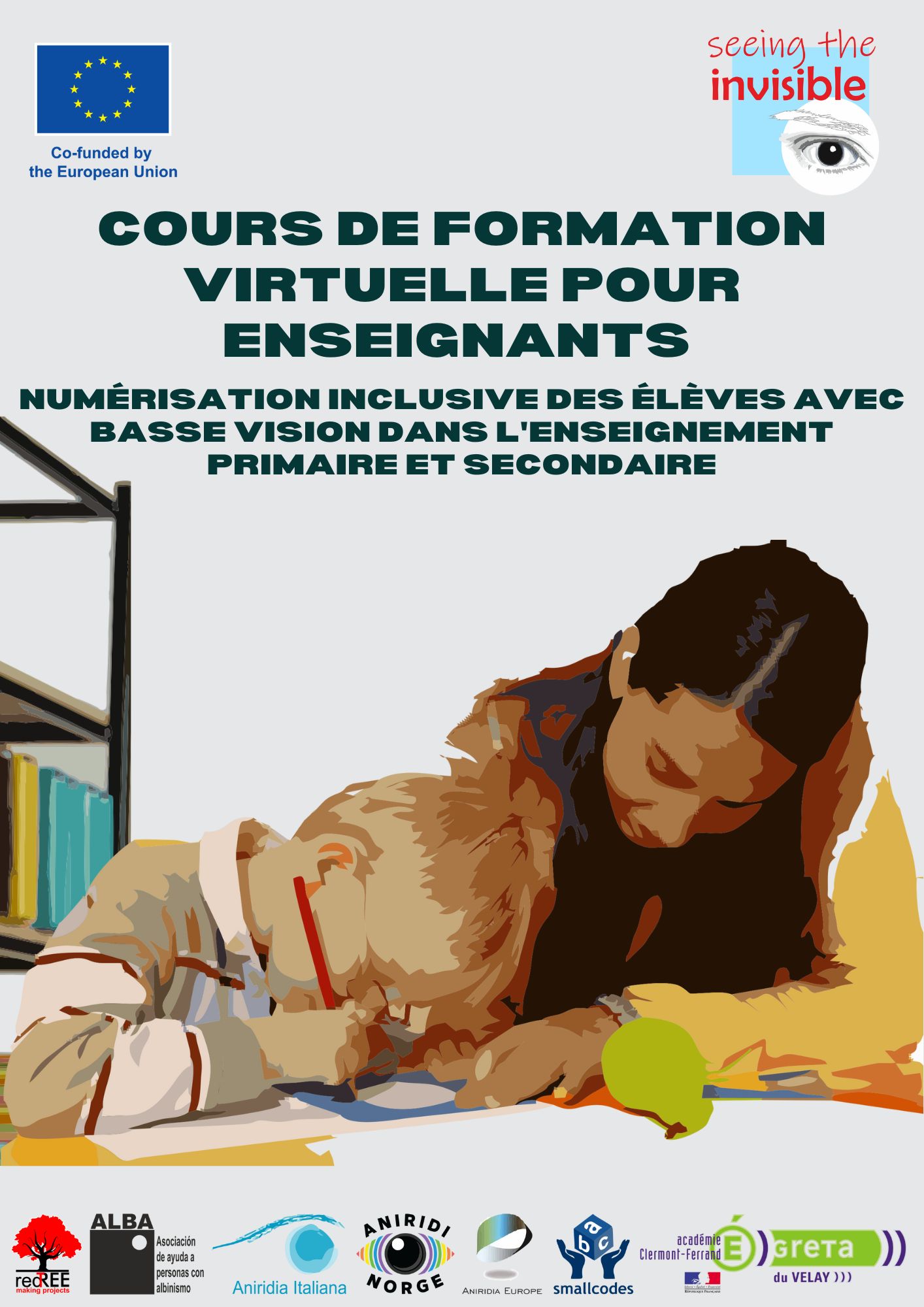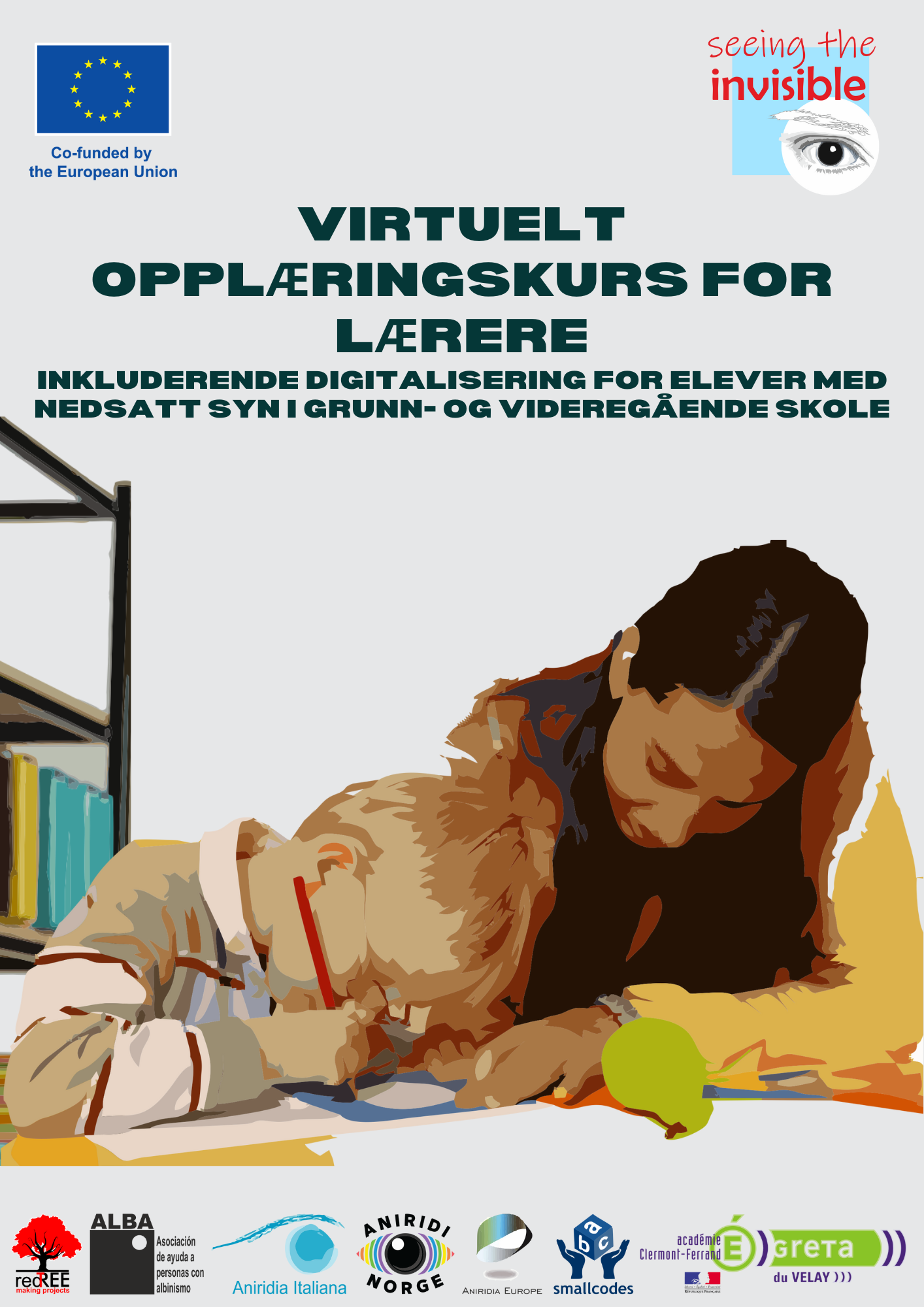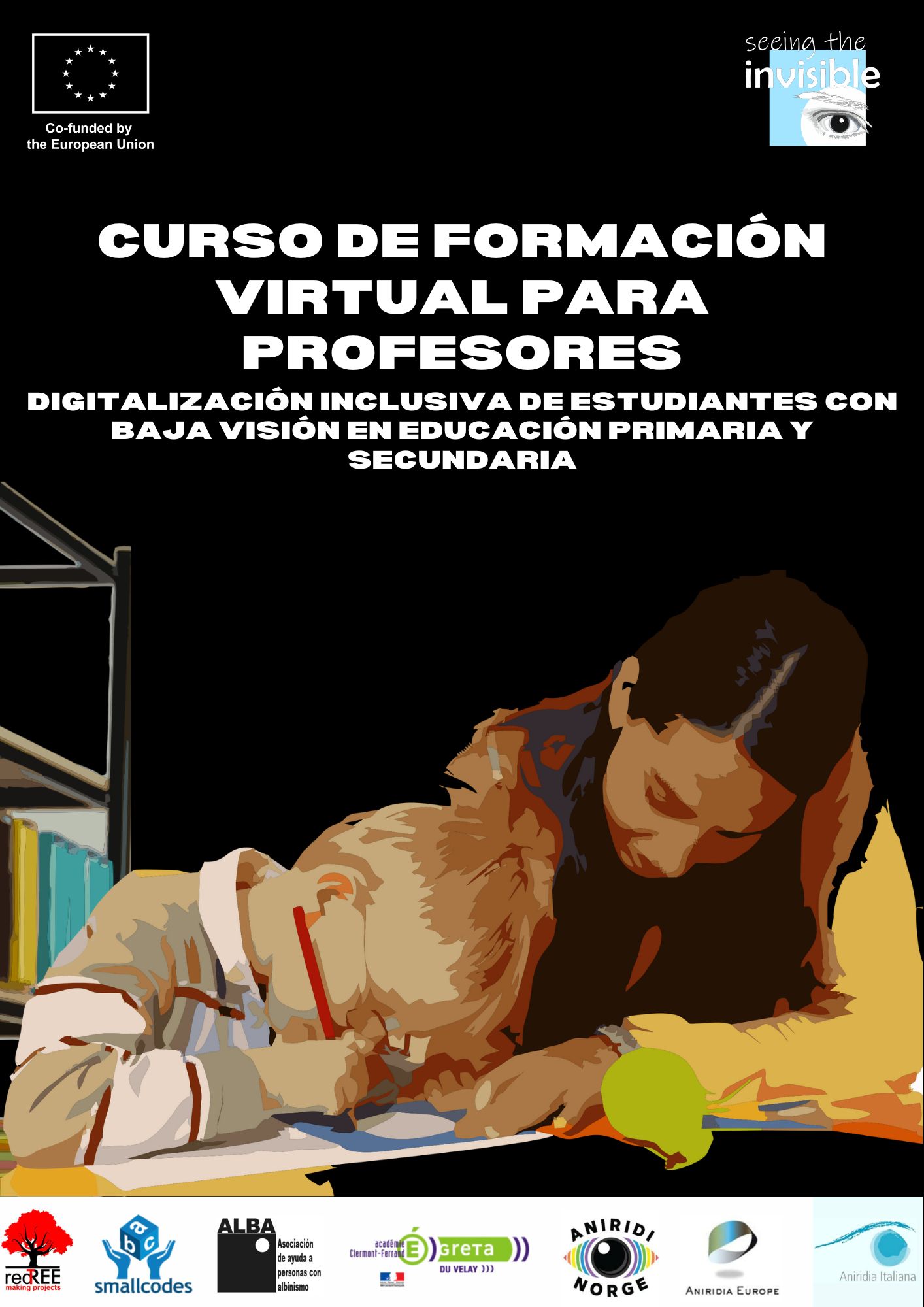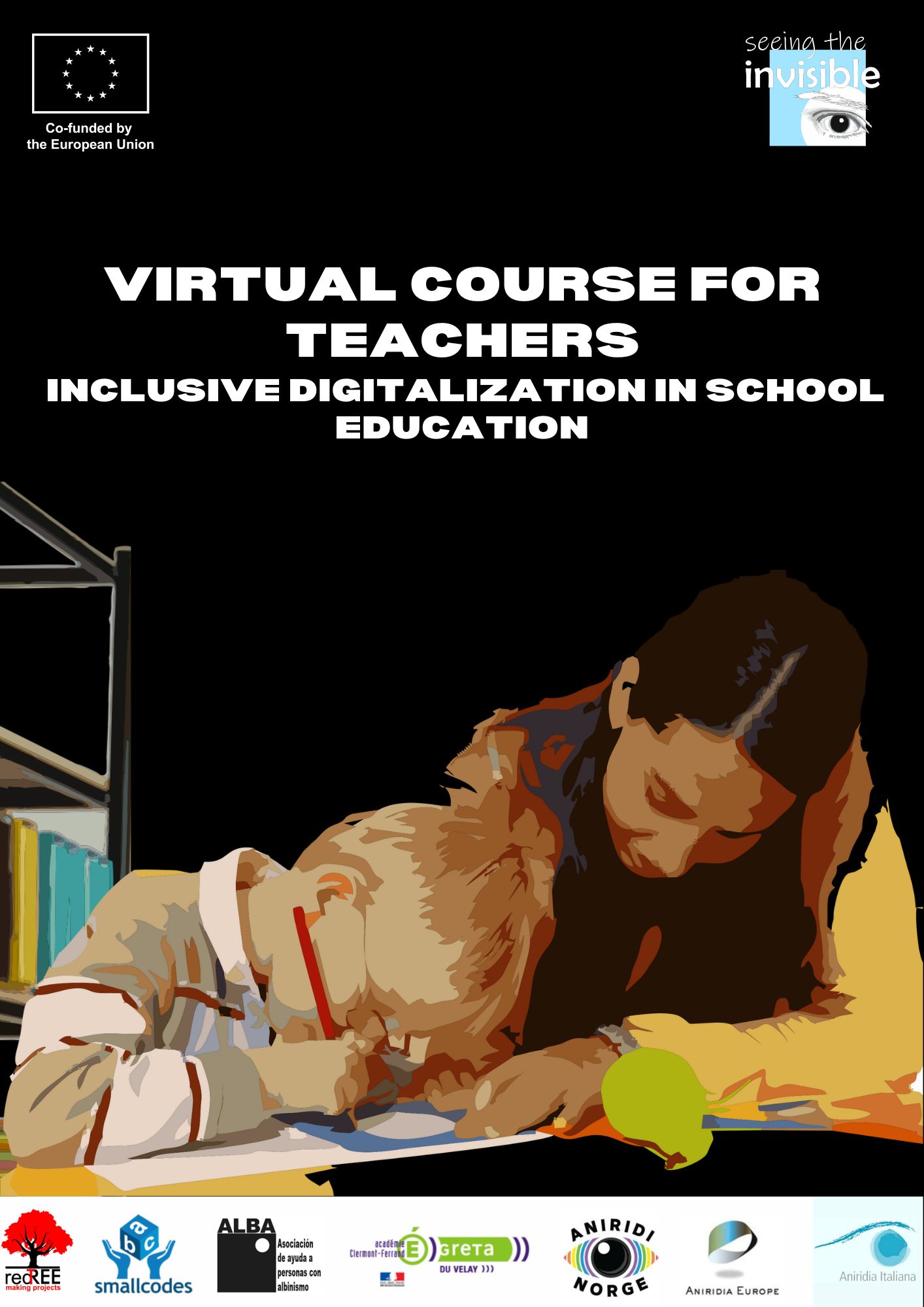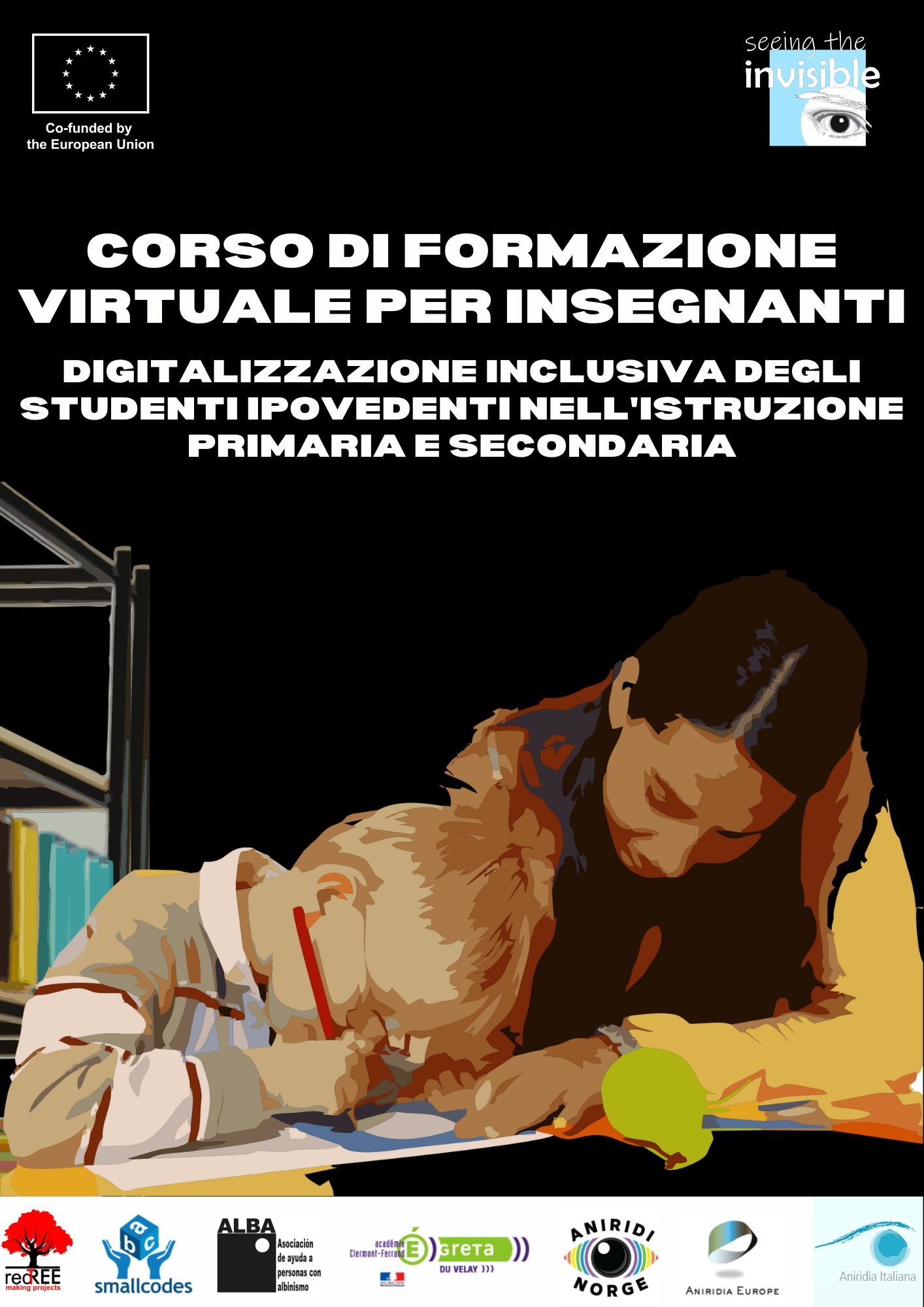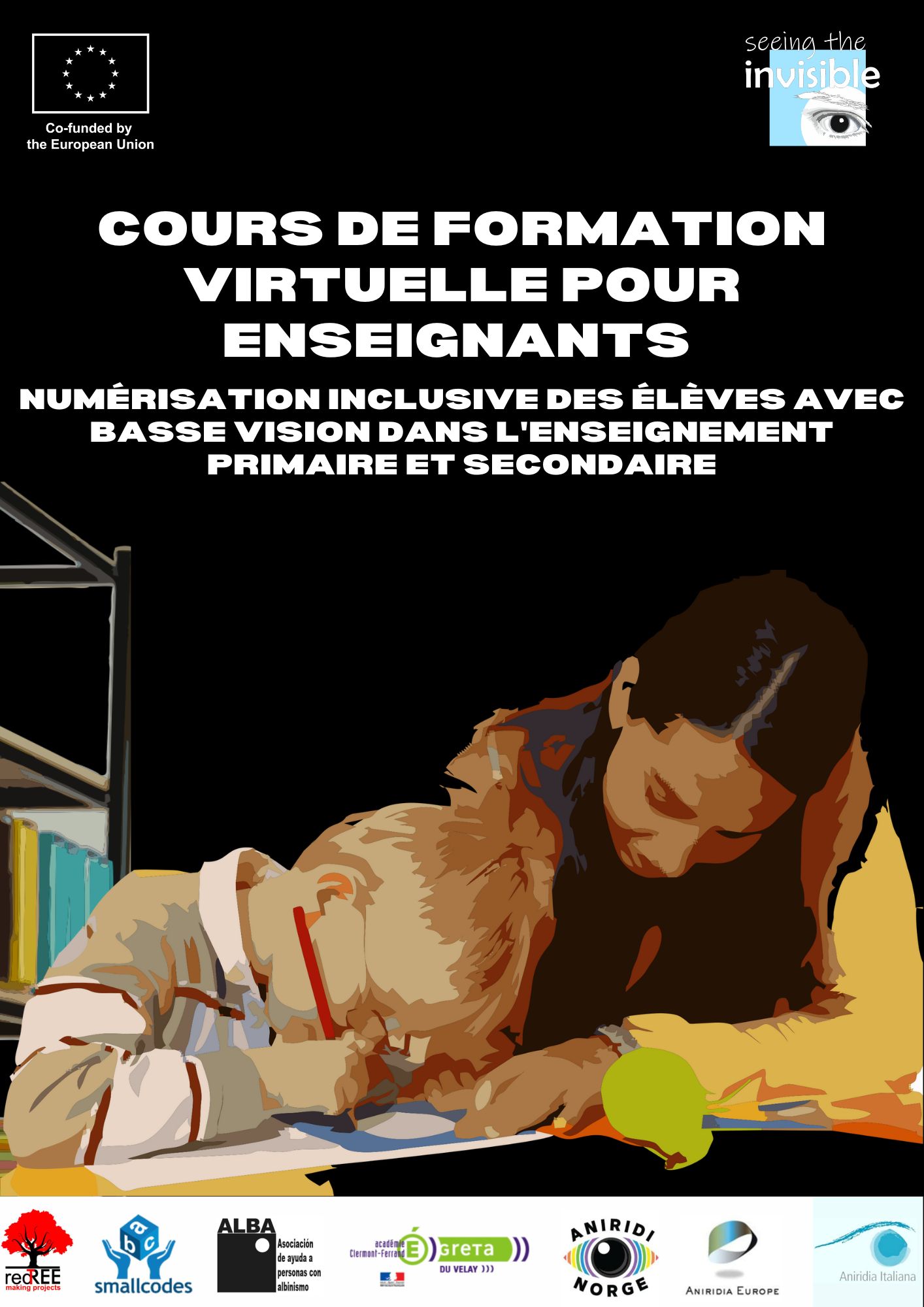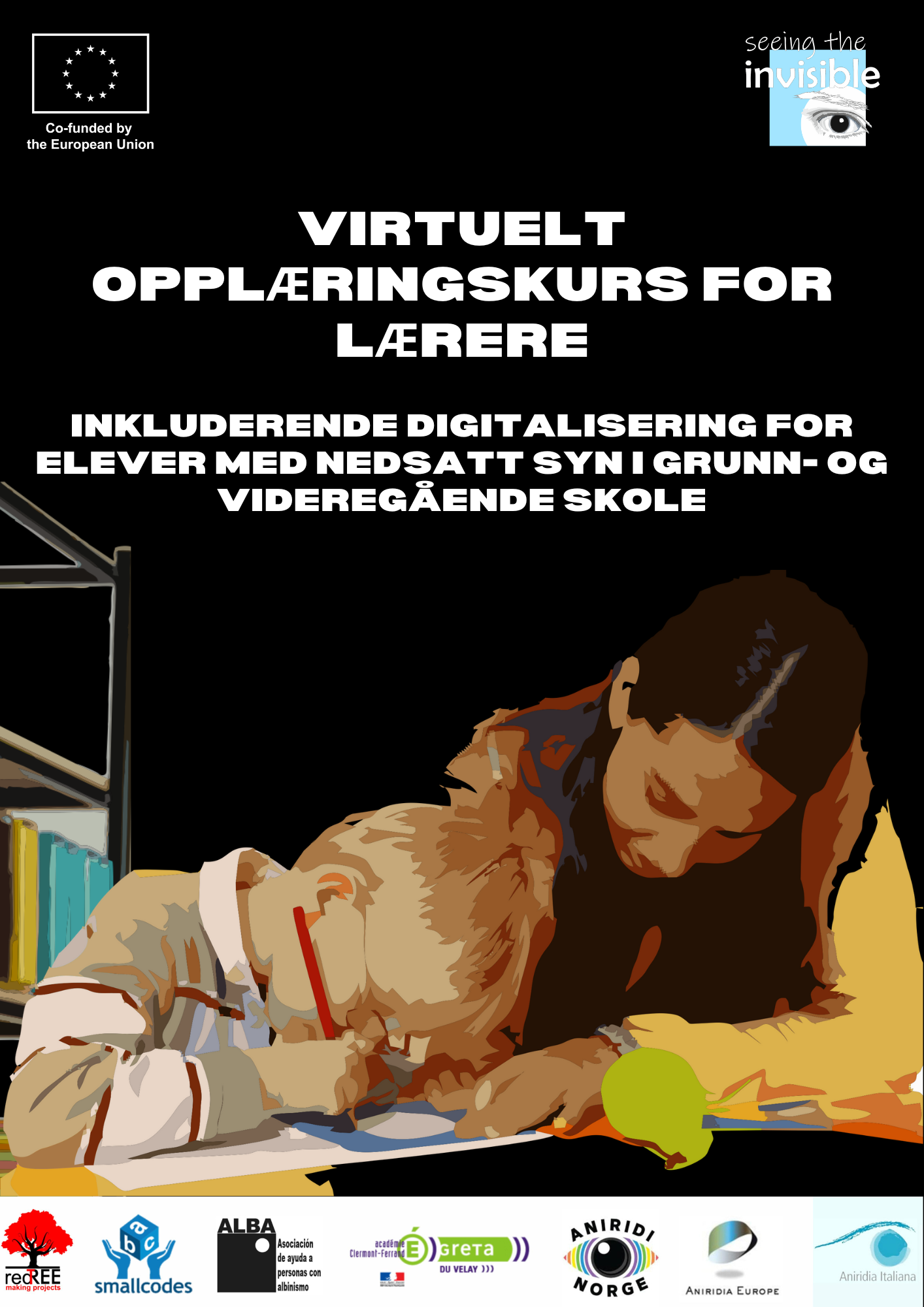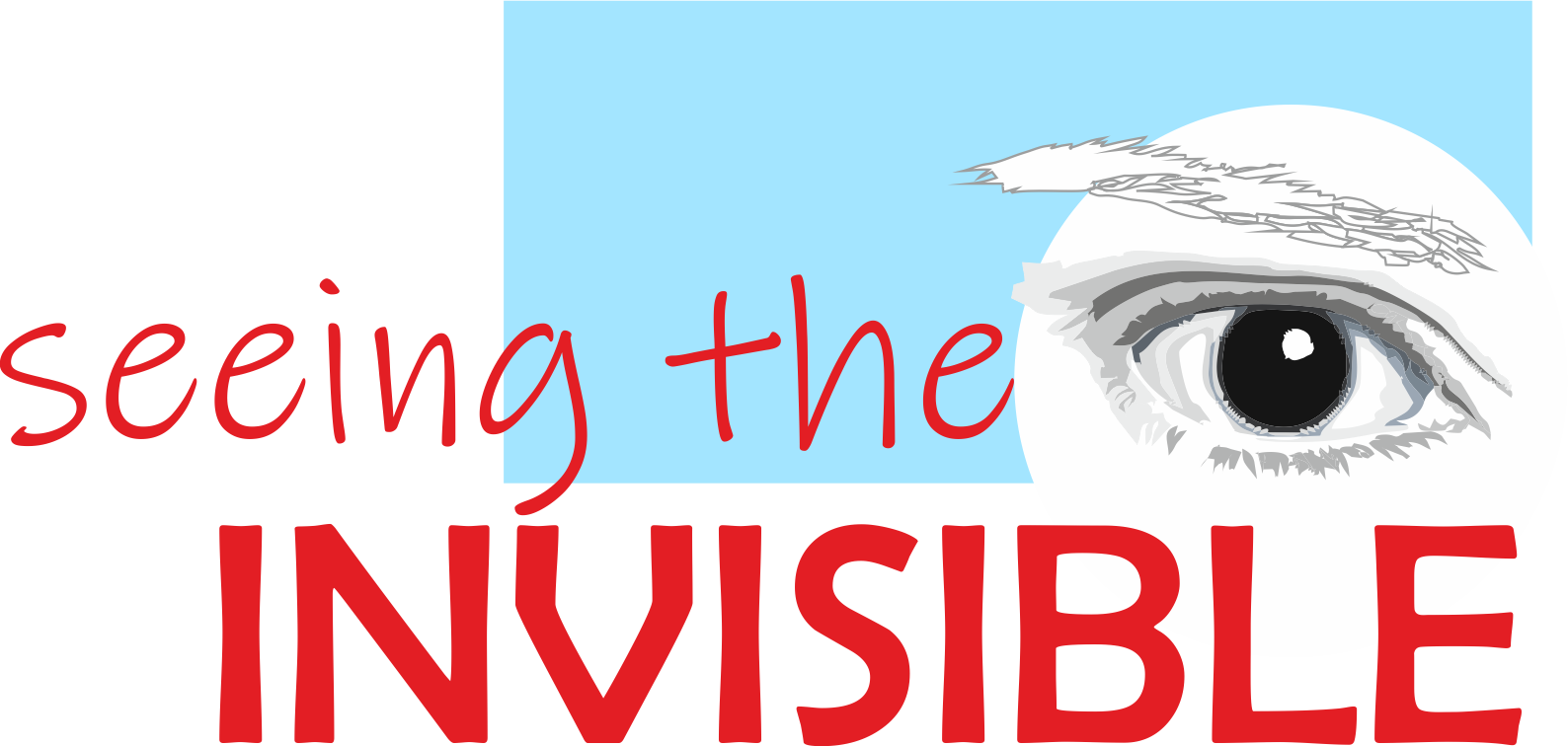ACCESS TO THE COURSE
The Virtual Training Course for Teachers: Inclusive Digitalization of Students with Low Vision in Primary and Secondary Education, is an e-learning course implemented in the Virtual Inclusive Education (VIE) platform that through an innovative methodology seeks to complement the training of primary and secondary teaching staff for the inclusion in equity of students with low vision as a result of albinism or aniridia.
This course have had an impact on different teaching communities in Europe, managing to put an end to the loneliness of the teacher and enhancing their training before the novelty that can mean having in their classroom students with special needs related to low or no vision caused by diseases such as albinism and aniridia.
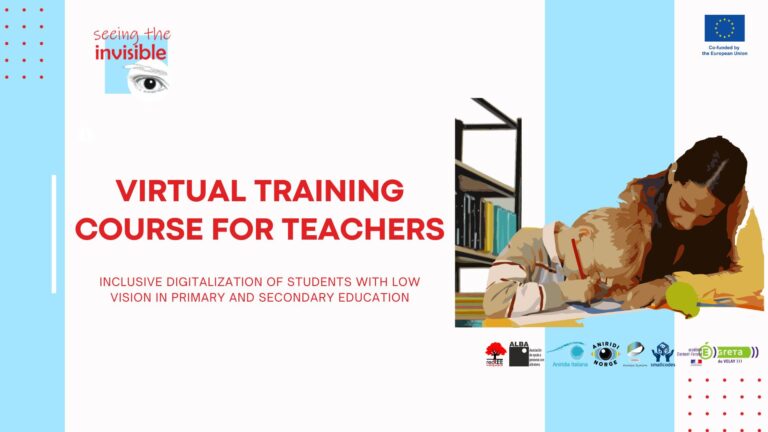
CONTENTS
This training initiative for teachers presents structured contents around different topics:
Objectives, competences, and methodology for the course
Understanding low vision
Low vision and rare diseases: Albinism and Aniridia
Educational needs derived from low vision
Guidelines to work with primary and secondary students with low vision
Actions of the educational center against low vision
Inclusion in equality within the classroom
The role of the teacher in inclusive learning in equality
The role of classmates in inclusive learning in equality
Other external factors that help the adaptation of visually impaired pupils to school life
Inclusion in equality through digitalization: Educational methodology
Inclusive virtual education: digitalization processes
Access and non-significant curricular adaptations for low vision
Creation of Didactic Programs adapted to low vision
Creating the Low Vision Lesson Plan
Inclusive evaluation
Bibliography
THROUGHOUT THE COURSE, THE TEACHER ACQUIRES KNOWLEDGE AND LEARNS AN INCLUSIVE METHODOLOGY TO DEVELOP IN STUDENTS THE NECESSARY SKILLS TO:
Knowing and properly handling the basic terminology related to low vision.
Knowing the genetic conditions linked to low vision: Aniridia and Albinism.
Deepening concepts and theoretical models on blindness, low vision, and visual impairment.
Understanding different aspects of the visual impairment produced by these alterations and their relationship with educational inclusion.
Understanding the challenges that arise from visual impairment in education and learning how to face them.
Knowing different techniques, didactic resources, typhlotechnical aids, and adaptations of materials for students with visual impairment.
Learning to transfer theoretical principles to application in practical cases.
Keeping a positive attitude towards visual functional diversity and inclusion.
Identifying the sensory and perceptual limitations derived from visual impairment in various areas of development, as well as the real abilities of students with low vision.
Knowing the intervention guidelines and the necessary adaptations to the peculiar characteristics of development in youth with low vision.
Differentiating the needs, care, and appropriate support according to the possible remaining sight and the predominant impairment.
Analyzing ICTs as educational resources to promote the communication of students with visual impairment.
Selecting digital resources to improve teaching and learning processes.
Knowing the work to carry out from the school with the families of students with visual impairment and with beneficiary entities.
Understanding the importance of visual stimulation in achievements and learning.
Increasing the knowledge of the educational needs of primary and secondary education with visual impairment.
DOWNLOAD THE COURSE
